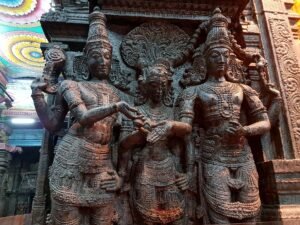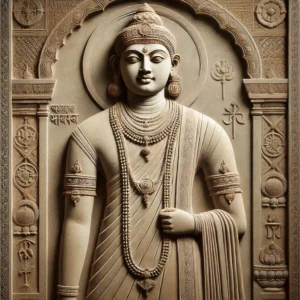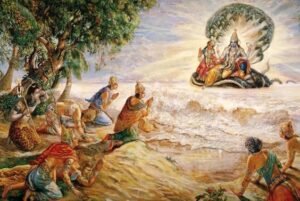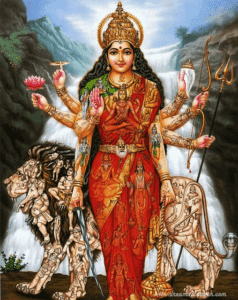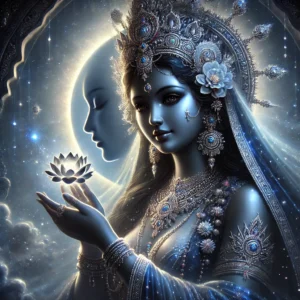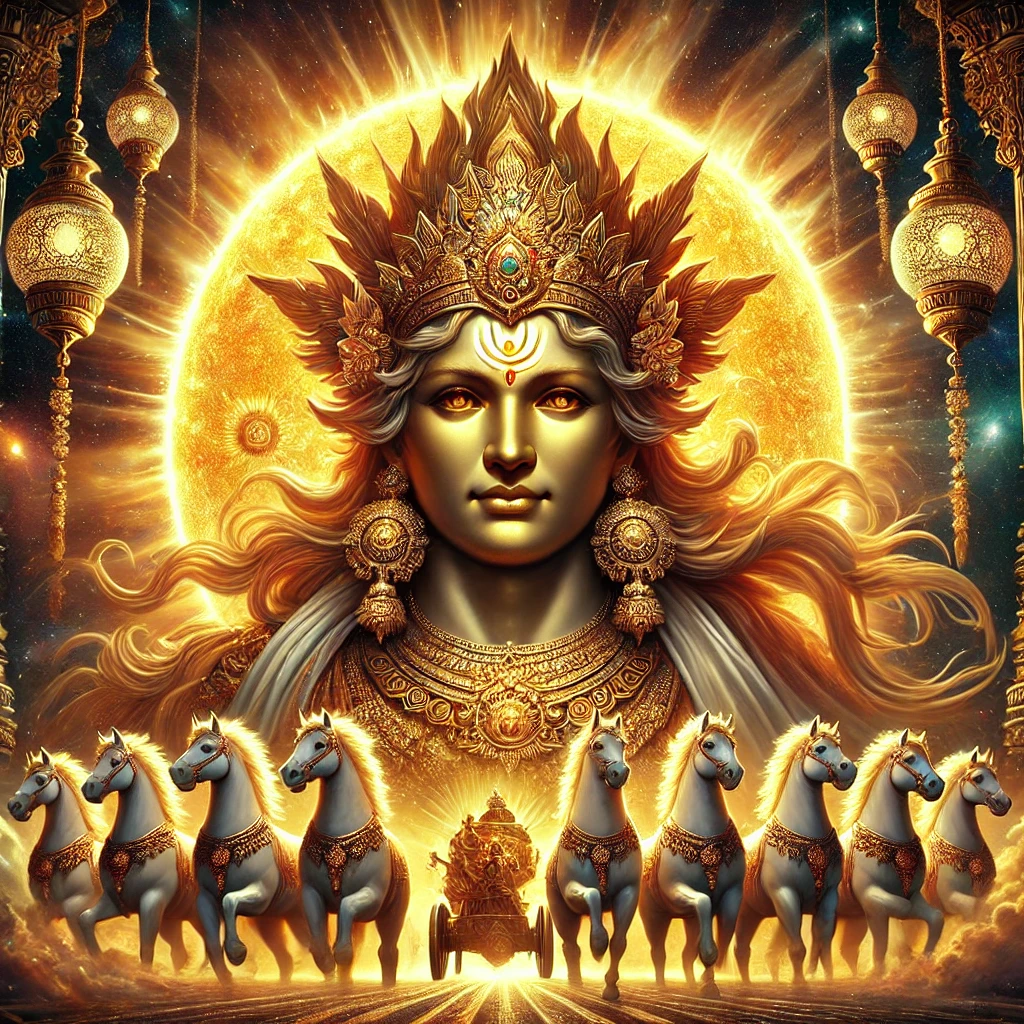
Surya The Sun God
Surya, revered as the Sun God in Hinduism, embodies the source of life, light, and cosmic energy. Often depicted as a radiant figure riding a chariot drawn by seven horses, Surya holds a central place in Hindu mythology, rituals, and spiritual practices. His presence transcends religious boundaries, symbolizing vitality, wisdom, and the eternal cycle of creation. As a Vedic deity with ancient roots, Surya’s influence permeates art, culture, and philosophy, reflecting humanity’s age-old reverence for the Sun as the sustainer of life.
Mythology of Surya
Surya’s origins are deeply embedded in Hindu scriptures, particularly the Rigveda, where he is hailed as the dispeller of darkness and the embodiment of truth. According to Vedic mythology, Surya is the son of Sage Kashyapa and Aditi, making him an Aditya—one of the twelve solar deities. His consorts include Sanjana (also known as Saranyu), the goddess of consciousness, who bore him children like Yama (the god of death), Yami, and Shani (the god of justice).
One of the most captivating myths involves Sanjana, who, unable to bear Surya’s intense brilliance, left him and assumed the form of a mare. In search of her, Surya diminished his radiance and transformed into a horse, eventually reuniting with her. This tale not only highlights Surya’s divine attributes but also symbolizes the balance between overwhelming power and compassion.
Another significant figure in Surya’s mythology is Aruna, his charioteer, who is depicted as the personification of dawn. Aruna drives Surya’s golden chariot, pulled by seven horses representing the seven colors of the spectrum and the seven days of the week.
Symbolism of Surya
Surya symbolizes more than just the physical Sun; he represents the inner light of consciousness and the spiritual awakening that dispels ignorance. His radiant form, often depicted with a halo or aureole, signifies divine brilliance and enlightenment. The seven horses pulling his chariot symbolize the seven chakras (energy centers) in the human body, underscoring Surya’s role in spiritual vitality.
In art and iconography, Surya is shown holding lotuses in both hands, representing purity and the unfolding of spiritual consciousness. His golden chariot, driven across the sky, signifies the unchanging passage of time and the eternal rhythm of the universe. Metaphysically, Surya embodies the soul (Atman) that illuminates the path of righteousness and truth.
Historicity and Evolution of Surya Worship
Surya’s worship dates back to the Vedic period, where he was one of the principal deities in the Rigveda, praised in numerous hymns for his life-sustaining powers. During this time, Surya was central to daily rituals and prayers, symbolizing the omnipresent divine force.

However, as Hinduism evolved, the prominence of Surya worship gradually declined with the rise of sects dedicated to Vishnu, Shiva, and Devi. Despite this, Surya remained an integral figure, especially in regions where solar worship intertwined with local traditions. The influence of Surya worship also extended beyond India, resonating with ancient Iranian and Roman sun cults, highlighting a shared cultural reverence for solar deities across civilizations.
Rituals and Festivals Associated with Surya
Surya is venerated through various rituals and festivals that celebrate his life-giving energy. One of the most common daily practices is offering water to the rising Sun, known as “Arghya,” accompanied by mantras that express gratitude and seek blessings.
Surya Namaskar, or Sun Salutation, is a yogic practice that combines physical postures with rhythmic breathing, honoring the Sun’s role in sustaining health and vitality. In Ayurveda, Surya’s energy is considered crucial for balancing bodily functions and enhancing well-being.
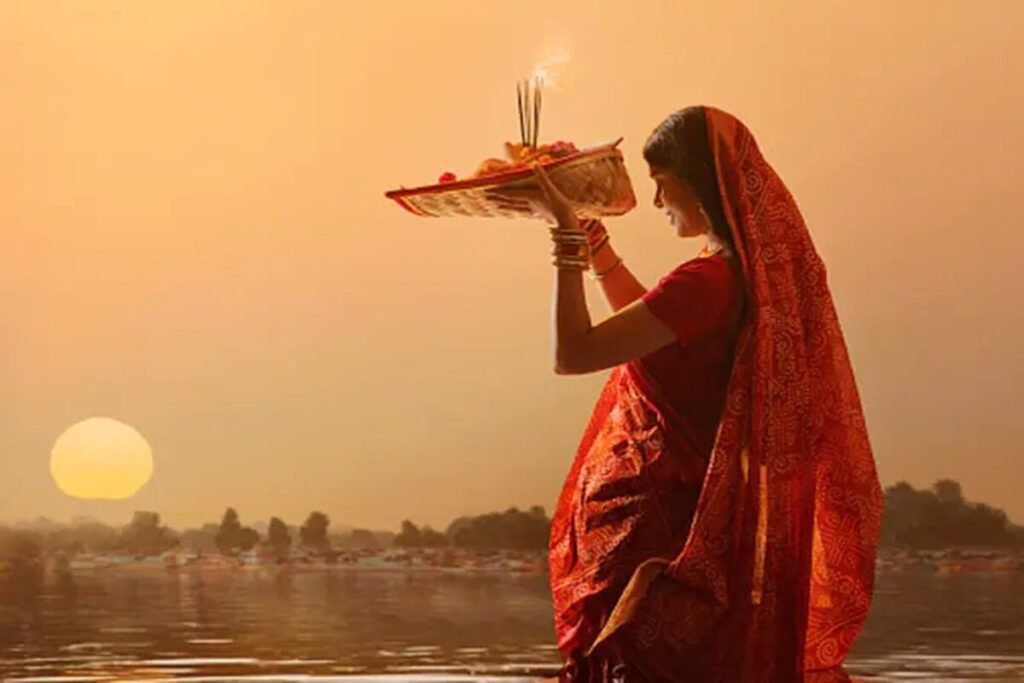
Major festivals dedicated to Surya include:
- Chhath Puja: Predominantly celebrated in Bihar, Uttar Pradesh, and Nepal, this festival involves rigorous rituals, fasting, and offerings to the setting and rising Sun.
- Makar Sankranti: Marks the Sun’s transition into the zodiac sign of Capricorn, symbolizing the end of winter and the onset of longer days.
- Ratha Saptami: Celebrated to honor Surya’s chariot journey, symbolizing his divine movement across the sky.
Temples Dedicated to Surya
India is home to magnificent temples dedicated to Surya, showcasing architectural brilliance and astronomical precision. The Konark Sun Temple in Odisha, a UNESCO World Heritage site, is an architectural marvel designed as a colossal chariot with intricately carved wheels and horses, aligned to capture the first rays of the Sun.
The Modhera Sun Temple in Gujarat is another masterpiece, renowned for its solar alignment during equinoxes, allowing the first rays of the Sun to illuminate the deity’s sanctum. The Martand Sun Temple in Kashmir, though in ruins, reflects the grandeur of solar worship in ancient times.

These temples are not merely places of worship but also cultural heritage sites that reflect the advanced understanding of astronomy, geometry, and spiritual symbolism in ancient India.
Reverence in Past and Present Times
In ancient times, Surya enjoyed royal patronage, with kings and emperors commissioning grand temples and dedicating rituals to honor his divine authority. Solar worship was often linked to the legitimacy of rulers, symbolizing their connection to cosmic order and righteousness.
Today, while the prominence of Surya worship has diminished compared to other deities, his reverence persists through daily practices, festivals, and the global spread of yoga. Surya’s symbolism transcends religious boundaries, embodying universal themes of light, life, and spiritual awakening. His presence in holistic health practices, meditation, and environmental consciousness reflects a timeless connection between humanity and the Sun.
Surya, the Sun God of Hinduism, embodies the eternal source of life, energy, and spiritual illumination. From ancient Vedic hymns to contemporary yoga practices, Surya’s influence is profound and enduring. His mythology, symbolism, rituals, and temples reflect humanity’s universal reverence for the Sun, a celestial force that continues to inspire awe, gratitude, and spiritual reflection across time and cultures.

